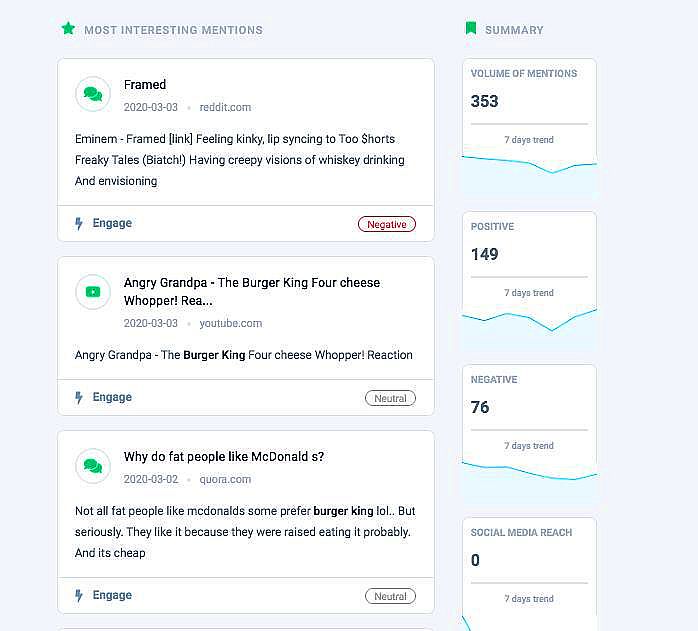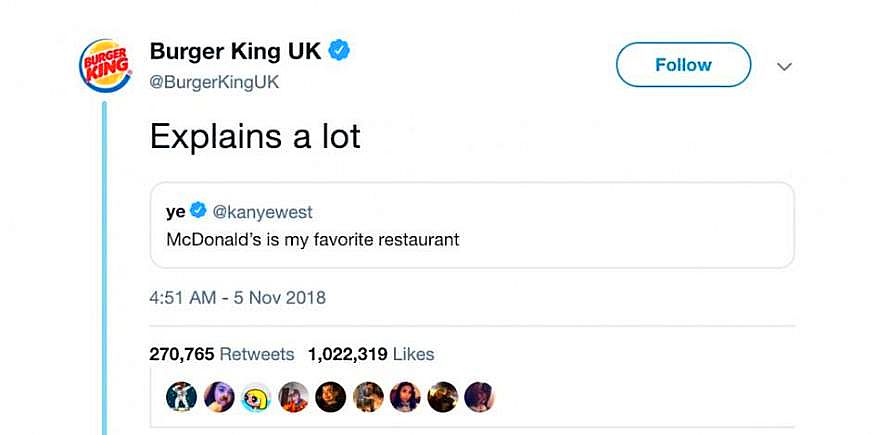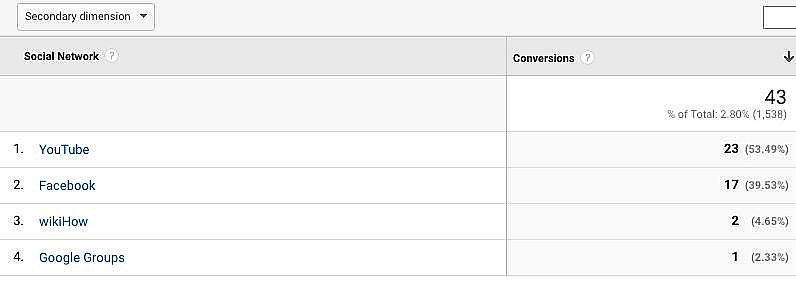Looking back on our experience with numerous social media strategies and tools, we have realized there are so many answers out there, but it always starts with these three primary questions when you are crafting a social media strategy:
The three Social Media Questions to build your Social Media Strategy With:
1) Content Creation: What content to deliver (topic, keywords, image, post, blog, video), When and Where?
2) Content Curation: How to engage with my audience? (Reposts, Retweets, Replies, etc.)
3) Investment/Divestment: What social media channels, influencers, third parties, partners to leverage?
In this blog, we present the answer to these questions by offering you a brief guideline and set of tools for your social media strategy.
To answer the first question, the question of Content Creation, as a marketer you need to analyze and arrive upon the key content that resonates with your audience the most.
For this, you can use research tools like
Moz: The SEO software and data to help you increase traffic, rankings, and visibility in search results. The tool offers you backlink data and keyword trends along with SEO recommendations to improve your website. Moz helps you understand the key content you are ranking for and offers you keyword suggestions to improve your keyword strategy. Aligning your social media strategy with these keywords can help you offer relevant content your audience can engage with.
Answer the public: A keyword tool that visualizes search questions and suggested autocomplete searches in an image called a search cloud. Understanding the search queries for your audience can help you deliver the information and content your audience is looking for. Using the Search Console can also help you to understand which search queries lead your audience to you.
Google Trends: A tool to analyze the popularity of top search queries in Google Search across various regions and languages.
You can also take a holistic look at your social media to see what works for you through tools like
Keyhole: Keyhole is a social marketing tool useful for both, new as well as old businesses. You can conduct marketing research on the volume of mentions, engagements, and impressions their topics keywords bring.


For example, a cake shop or bakery would be interested in knowing who their key influencers are, what content does the audience engages with the most, and what times are the most effective ones for their social media engagement. Keyhole can be used to understand the most linked websites around a given topic, engagement by gender, devices, location, and sentiment.
If you are already doing all of the above and are on the top of the social media food-chain, with consistent impressions and engagement from your audience, you would like leveraging their sentiment by connecting with them. Brand loyalty increases when you engage with audiences in creative and unique ways.
And, this would lead you to your second question: Content Curation.
It isn’t always important to conjure something up from thin air when you are looking to engage your audience, often, your audience will tell you.
And, you can hear them using the social listening tool, Brand24 and engaging with your audience. A similar tool to Mention, we prefer it due to its capability of offering up to 50k mentions via their Plus Subscription. We recommend making that decision as per your needs.
Brand24 is a tool that gives you real-time data, daily and weekly reports to track brand mentions across social, news, blogs, videos, forums, reviews, and more.

This is what Burger King’s marketing department would be keeping track of every week.
And, this is how they can leverage it.

You can observe despite no direct mention of the brand, which would have sent them an alert; Burger King was not only able to find the message, but also, engage in a personal way. Thus, increasing your scope by keeping an eye on product names, competitor’s mentions, as well as common misspellings, can make engaging with your more effective.
As you go on to perfect your brand voice and master social media, you will soon understand that it is just the tip of an iceberg. One day, you will feel like the Content King. You are targeting the right audience at the right time with the right content. Next, you are scratching your head and wondering why you are not able to bring conversions to your website.
Understanding your social media effectiveness will help you decide whether to invest/divest more time and resources in each of your social media activities.
The answer to this lies in your Google Analytics.
In your analytics account, choose Acquisition-Social Overview to observe what social sources bring you the most audience, which social mediums lead to the maximum audience and online conversions, which social interactions contribute to the conversions on your website via Assisted Conversions.

We do recommend overlapping this data with conversions and revenue streams. For example, if you are an e-commerce brand promoting a category of your product line for example pants, you would want to look at the conversions paths that have led the audience. This would involve targeting the segment of your audience that has shown interest, made a purchase, visited the category over the past months.
Stay in the loop. Follow us on our social media. Next week, we talk about how you can navigate through Google Analytics to create your own custom goals and events to define conversions on e-commerce and non-e-commerce websites.
